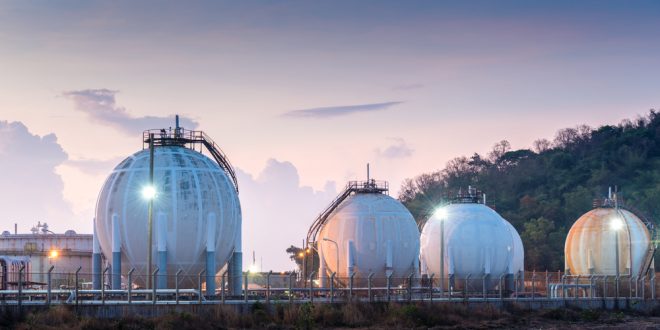Although natural gas heavy truck sales are up 21% year-to-date, there is a continued decline of total natural gas fueling stations. For the first two months of 2022, US and Canadian Class 8 natural gas truck retail sales rose 21% year-to-date against comparisons of the same time in 2021, according to a quarterly report released by ACT Research.
The ACT Alternative Fuels Quarterly report provides analysis about alternative fuel/power adoption for the US heavy- and medium-duty commercial vehicle markets. The report details adoption considerations, such as fuel prices, fuel/charging infrastructure development, equipment prices/products/technological developments, and regulatory changes. Natural gas truck sales data and a forecast for new natural gas adoption are included.
Sales of NG-powered vehicles as reported by the six major truck OEMs, who account for approximately 60% of the heavy-duty natural gas market, were mixed in the December to February time period, with December and January experiencing strong year-over-year gains, but February lagging considerably.
In the near term, December’s sales easily outshone January and February’s activity, which paled in comparison. Combined, sales in the three-month period extended and increased year-to-date gains meaningfully, a relatively new development.
Besides sales, an overall increase in electric charging stations is seen, both existing and planned, but a continuing decline of total natural gas stations, particularly those planned for the future. Articles about natural gas use in transportation will continue to attract readers and traders, as well as discussions about hydrogen fuel cells and investments, but the overwhelming amount of trade-industry headlines continue to focus on electric commercial vehicle development.

 Noor Trends News, Technical Analysis, Educational Tools and Recommendations
Noor Trends News, Technical Analysis, Educational Tools and Recommendations




